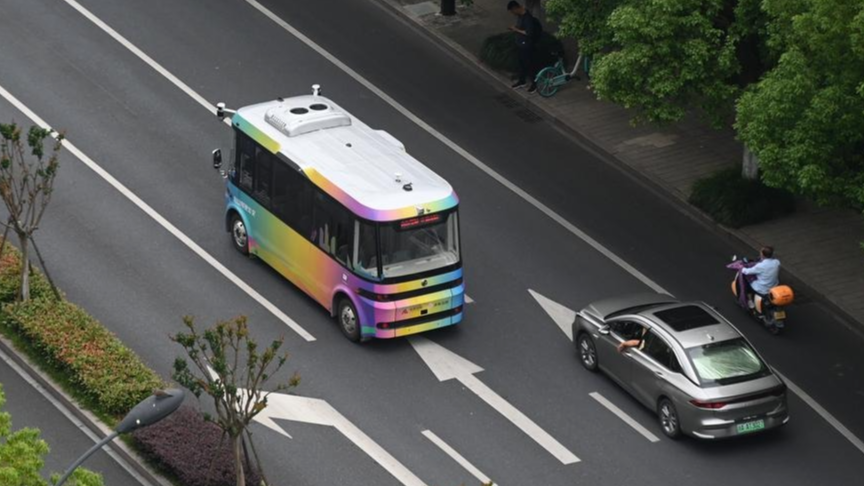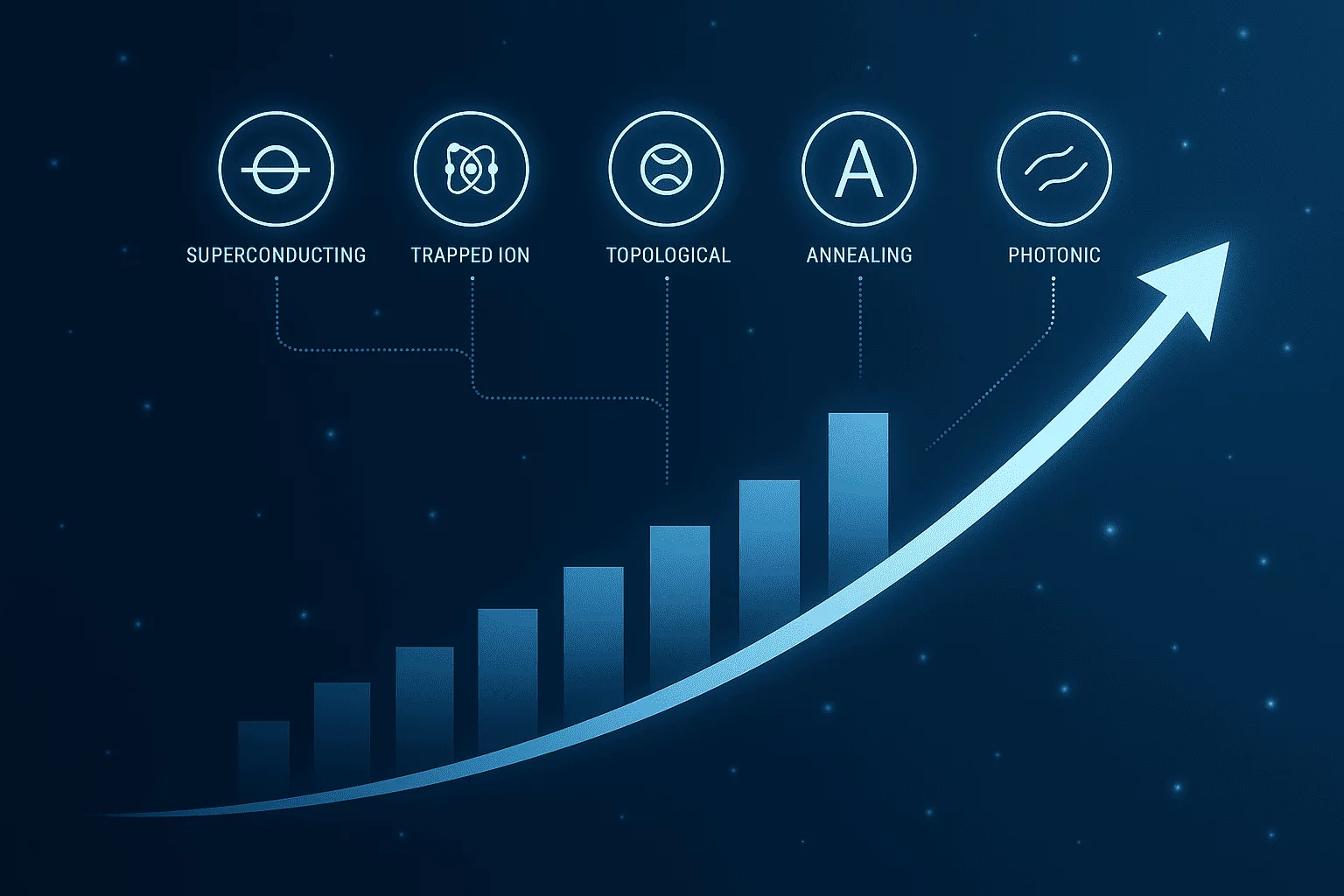On July 24, 2025, historic Quanzhou—a once‑glorious port known as “Zayton” on the ancient Maritime Silk Road—hosted the World Internet Conference’s Digital Silk Road Development Forum. Under the theme “Embracing the Digital and Intelligent Maritime Silk Road – Jointly Building a Community with a Shared Future in Cyberspace”. The forum brought over 600 participants from 49 countries and regions and 13 international organizations.
This event blended history with the future. Delegates met in a city once known for silk and spice trade. Today, they discussed digital infrastructure, AI-driven growth, smart transport, and cross-border digital cooperation. It was more than nostalgia. It was a bold vision—uniting cultural heritage, private innovation, and sustainable mobility in the digital economy.
Keynote speakers shared powerful insights. They showed how AI is reshaping business. Also, they explained how smart, sustainable transport is transforming trade logistics. They emphasized that digital inclusion and governance will shape the future of cyberspace.
In this blog, we cover the forum’s main themes. We explore its impact on global digital trade. We show how Quanzhou turns heritage into digital progress. And we share Mattias Knutsson’s perspective on these trends through the lens of resilient supply chains.
Quanzhou: From Maritime Silk Road to Digital Gateway
Quanzhou’s significance is more than symbolic. As one of the greatest ports during China’s Song (960–1279) and Yuan (1271–1368) dynasties, Quanzhou served as a hub of maritime commerce and cultural exchange between China and the world.
Today, it leverages that legacy as it pivots into a modern digital hub. The city’s digital economy exceeded 700 billion yuan in 2024, contributing over 56% of its GDP and playing a pivotal role in cross‑border e‑commerce, AI export matching, and logistics innovation. Quanzhou’s industrial park, Donghai Cross‑border E‑commerce Ecosphere, features AI‑based tools supporting SMEs—like overseas warehouse optimization and automated customs and shipping analytics—symbolizing its evolution from physical trade arteries to cloud terminals and virtual pathways.
Key Themes: AI‑Driven Private Sector, Smart Transport, Cross‑Border Digital Cooperation
AI‑Driven High‑Quality Growth in the Private Economy
Speakers emphasized how artificial intelligence is energizing innovation across private enterprises, enabling faster customer targeting through intelligent models and automated decision-making. Experts and government delegations underscored AI’s ability to help SMEs scale internationally—a core message of the forum.
Training sessions during the July 23–24 forum—targeted at digital economy innovation and development—provided practical guidance on harnessing AI for market expansion and productivity enhancement.
Digital‑Intelligent Transformation of International Transport
Another central thread was how digital infrastructure and intelligent systems can upgrade international transport logistics. Forums explored port digitization, maritime AI platforms, sustainable transport nodes, and cross-border freight connectivity powered by data systems under BRI frameworks.
By integrating smart ports, e‑manifest platforms, and cooperative governance, the forum demonstrated how China and partner countries aim to make international shipping more efficient—and climate-conscious.
Open Digital Trade Under BRI
Delegates called for open cooperation in digital trade, aligning digital development strategies across Belt and Road Initiative partner countries. Discussion panels highlighted evolving mechanisms for data connectivity, cross‑border e‑commerce regulation, digital infrastructure financing, and inclusive development frameworks. Think-tank cooperation programs unveiled new case studies in digital economy implementation and best practices in governance.
Cybersecurity, Internet Governance, and Digital Inclusion
Speakers emphasized the importance of governing the internet according to law, safeguarding cyber sovereignty, and enhancing collective cybersecurity resilience. Multi-nation participation reflected a consensus on building a more inclusive and cooperative cyber environment—respectful of cultural and legal diversity.
Global Participation: Digital Silk Road’s Expanding Reach
Hosted by the WIC and co-organized by the Fujian provincial government. Supported by Quanzhou municipal authorities. WIC’s press events confirmed broad participation. Government officials, global think tanks, tech companies, and academic institutions joined. The forum became a high-impact global platform. It connected policy, technology, and cross-border commerce.
Digital Silk Road in Practice: Case Studies from Quanzhou
The Donghai Cross‑border E‑commerce Ecosphere stands out. Using AI tools for global order management, customs insights, and advertising targeting, it supports SMEs selling from QZ to Europe and North America. This is supported by services like a digital empowerment center matching buyers and products faster—demonstrating real-life digital Silk Road outcomes.
Quanzhou’s trade numbers reinforce its digital momentum: in H1 2025, import and export value reached 126.34 billion yuan (~17.7 billion USD), supported by textiles, footwear, and electromechanical exports—all increasingly managed through digital infrastructure platforms.
These concrete examples underscore how innovation in logistics and AI enables localized manufacturing communities to participate directly in global commerce.
Strategic Implications: What It Means for Global Trade and Procurement
Asia-Pacific Digital Connectivity Leadership
By hosting this forum in Quanzhou—the historical starting point of the Maritime Silk Road—China reinforces its leadership in digital infrastructure narratives, signaling intent to shape global governance of e‑commerce, cross‑border data flow, and digital trade policy.
Opportunities for SMEs and Digital Suppliers
SMEs in participating BRI economies stand to benefit from digital alignment strategies. Platforms like Quanzhou’s park offer plug‑and‑play access to digital trade networks, enabling faster time-to-market and export across continents.
Risks for Global Businesses
While opportunities emerge, risks persist: digital governance fragmentation, data sovereignty conflicts, and cybersecurity standards still lag in many Belt and Road nations. Businesses must navigate shifting regulatory landscapes and ensure compliance with cross-border data and trade regulations.
Procurement and supply chain leaders need to account for digital infrastructure readiness in partner countries—such as logistics digitization, customs integration, and data reliability.
Procurement Insight at the Intersection of Digital Strategy and Global Supply Chains
Mattias Knutsson—a global leader in procurement and business development—frames these developments as strategically pivotal:
“The Digital Silk Road is more than fiber cables and AI apps; it’s a new infrastructure overlay shaping tomorrow’s trade flows. For procurement, participating in this transformation means securing supply chains that are digitally enabled and audited—capable of adjusting to compliant cross-border traffic, AI-driven logistics, and transparent governance layers.”
He emphasizes the need for digital-ready suppliers, capable of integrating into AI-powered platforms, supporting e-trade compliance schemes, and responding to dual-use governance standards. According to Mattias, companies must identify suppliers aligned not only by price or capacity, but by their digital maturity and policy adaptability.
“The standout suppliers in this space will be those who can participate in traceable, AI-monitored logistics networks, deliver compliant data flows, and support ESG auditability. That’s the profile that the Digital Silk Road era will reward.”
Conclusion:
The Digital Silk Road Development Forum in Quanzhou connected past and future. It blended ancient maritime heritage with modern digital strategy.
The forum gathered participants from 49 countries and 13 institutions. It focused on AI, sustainable transport, and digital governance. The goal was clear: a digitally inclusive and strategically aligned BRI framework.
Quanzhou’s journey tells the story. Once a Song-Yuan trade hub, it is now a digital economy center. Over 56% of its GDP comes from digital services. It proves how technology can drive growth while preserving culture.
For procurement and global business, the Digital Silk Road is a must. It is both an opportunity and an obligation. Those who act now will lead tomorrow. Build digital-ready supplier networks. Adopt AI trade platforms. Strengthen governance resilience. The future belongs to the prepared.




